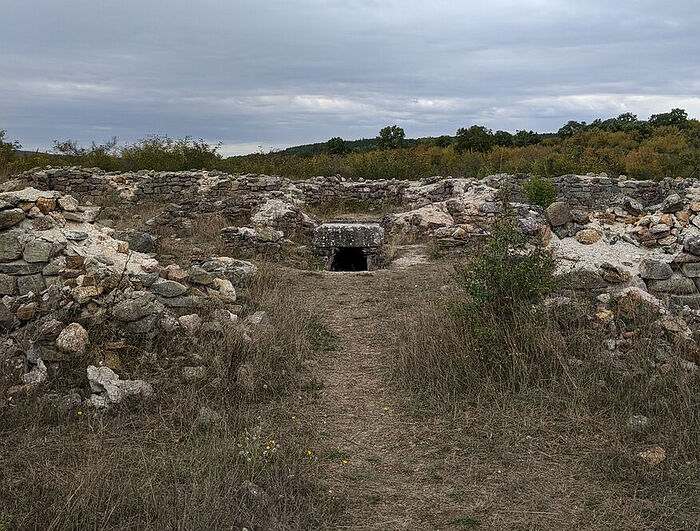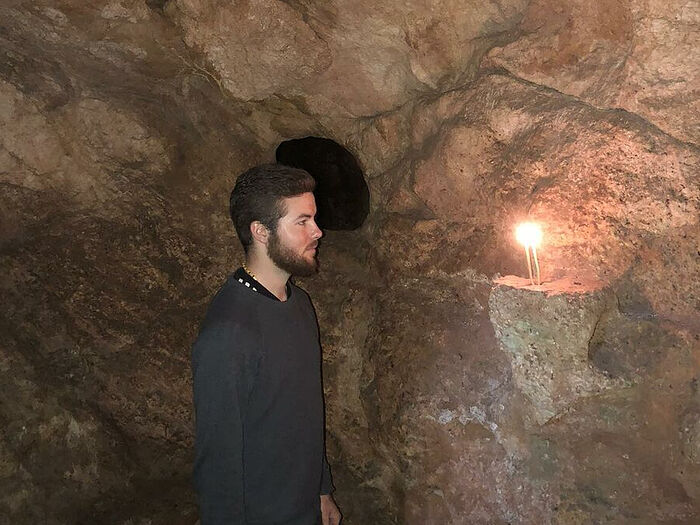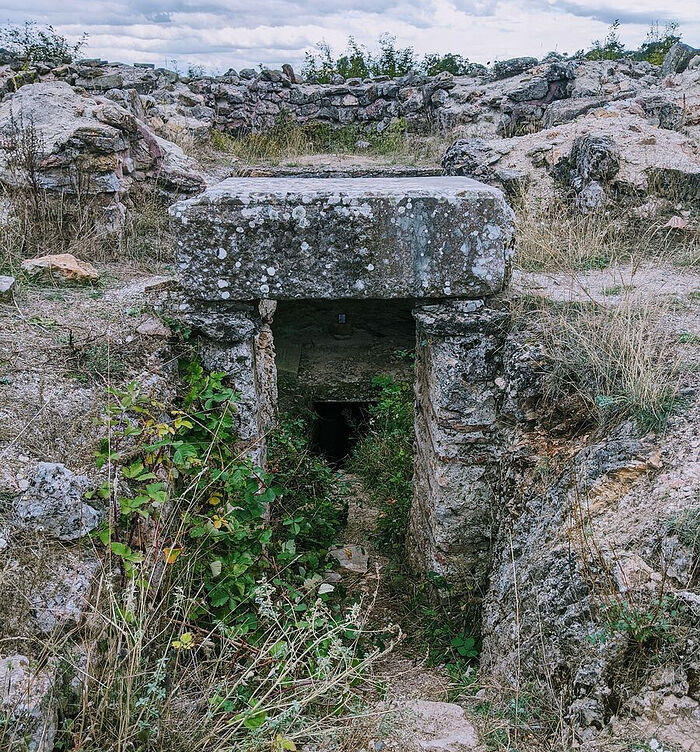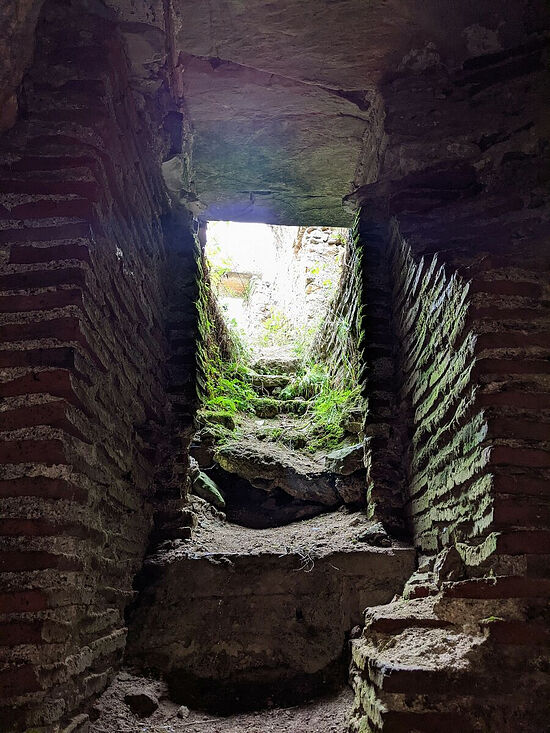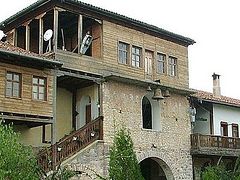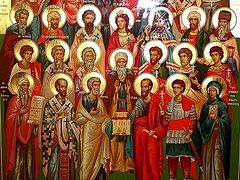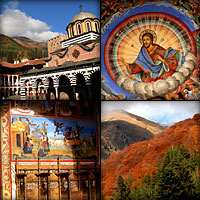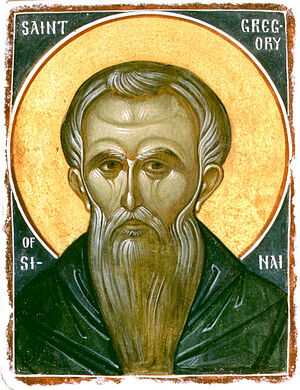 Photo: www.gsinai.com In the history of the Orthodox Church, one of the most influential methods of prayer has been found in hesychasm, with adherents ranging from St. Gregory Palamas to modern-day elders such as Elder Ephraim of Arizona. St. Gregory Palamas would become the foremost theologian and apologist of hesychasm because of his debates with Barlaam the Calabrian. Ultimately, this would result in the integration of the ascetic and mystical tradition of the hesychasts into the system of Christian doctrine, which would be essential for the survival of hesychasm. With this being said, the other essential saint who served as a practical teacher of hesychasm and guide for countless monastics is St. Gregory of Sinai. Contained within his writings are practical words of wisdom that allowed monastics and laity alike to embrace hesychasm in their everyday lives. However, it is largely unknown that St. Gregory of Sinai set up his “spiritual workshop” of hesychasm in the nation of Bulgaria at Mount Katakryomenos in Paroria.1 From roughly 1335 to 1346, St. Gregory of Sinai labored in this wilderness, which served as a spiritual powerhouse within the Hellenic and Slavic worlds, and spiritual connections from this time period flourish to the present day. Enrolled in this spiritual academy were a multitude of holy men such as St. Feodosil of Trnovo, St. Romil of Vidin, Patriarch Evtimii of Bulgaria,2 and Metropolitan Cyprian of Kiev.3
Photo: www.gsinai.com In the history of the Orthodox Church, one of the most influential methods of prayer has been found in hesychasm, with adherents ranging from St. Gregory Palamas to modern-day elders such as Elder Ephraim of Arizona. St. Gregory Palamas would become the foremost theologian and apologist of hesychasm because of his debates with Barlaam the Calabrian. Ultimately, this would result in the integration of the ascetic and mystical tradition of the hesychasts into the system of Christian doctrine, which would be essential for the survival of hesychasm. With this being said, the other essential saint who served as a practical teacher of hesychasm and guide for countless monastics is St. Gregory of Sinai. Contained within his writings are practical words of wisdom that allowed monastics and laity alike to embrace hesychasm in their everyday lives. However, it is largely unknown that St. Gregory of Sinai set up his “spiritual workshop” of hesychasm in the nation of Bulgaria at Mount Katakryomenos in Paroria.1 From roughly 1335 to 1346, St. Gregory of Sinai labored in this wilderness, which served as a spiritual powerhouse within the Hellenic and Slavic worlds, and spiritual connections from this time period flourish to the present day. Enrolled in this spiritual academy were a multitude of holy men such as St. Feodosil of Trnovo, St. Romil of Vidin, Patriarch Evtimii of Bulgaria,2 and Metropolitan Cyprian of Kiev.3
These disciples of St. Gregory of Sinai were instrumental in reviving contemplative monasticism throughout the Orthodox world in the late Middle Ages. Despite the importance of this great monastery to Orthodoxy, it has tragically been abandoned since 1350 because of an attack from the Ottoman Turks that forced the monks (numbering roughly fifty) to scatter to Mount Athos, the Danube lands, and to Kalifarevo Monastery (located 190 kilometers Northwest).4 But it is still possible to see the foundations and beginning of the network of caves used by the brotherhood for prayer and meditation.5
Upon entering the cave entrance, one can still feel this spiritually rich monastery’s great holiness and grace, and the grave niches that may have held the body of St. Gregory of Sinai can still be seen. Sadly, in 1926, grave robbers pulled all of the bones out of the niches, so it can't be known for certain if this was the final resting place for St. Gregory of Sinai. Beyond the initial entrance can be seen the depth of the cave system, with thirty-four carved stairsteps descending fourteen meters (feet feet), where a pilgrim can see the various crevices that the brotherhood used to pray in. It is not possible to travel beyond this point to the inner the cave system due to a well dropping an additional fourteen meters. But according to archeologists, at the time of St. Gregory of Sinai this cave system would have extended upwards to the entrance at the surface of the monastery’s ground level.
Troparion, Tone 8
By a flood of tears, you made the desert fertile, / and your longing for God brought forth fruits in abundance. / By the radiance of miracles, you illumined the whole universe! / O our holy father Gregory, pray to Christ our God to save our souls!

